HomeProductsAnimal FodderGerman Grass (Echinochloa poly...
German Grass (Echinochloa polystachya), Fodder Grass Seeds
₹650.00
Echinochloa polystachya is a perennial aquatic or semi-aquatic grass that forms extensive monospecific and highly productive stands. It can grow in water as deep as 2 m and does not float. It develops coarse stems from a creeping root base anchored in the soil. The stems may be as long as 2 m. They are unbranched and rigid, and long enough to withstand flowing and rising water levels. The internodes are of equal length, and equal diameter. The nodes are densely hairy. The leaves are linear, 20-60 cm long x 10-25 mm wide. When leaves are submerged in turbid water, they cannot photosynthesize and only the emerged crown (that may be as high as 2 m) is productive. Their life-span is about 34 days. The inflorescence is a panicle made out of dense, short and thick ascending racemes which bear almost sessile spikelets. The spikelets are awned, lanceolate and about 5-7 mm long.
Uses
Echinochloa polystachya is an aquatic forage species that provides high yields of palatable fodder in natural wetlands and ponded pastures. It was introduced to improve the productivity of ponded pasture in combination with Para grass (Brachiaria mutica). Such pastures are protein banks in periods of scarcity (droughts) and prevent weight losses in livestock.
Forage management
German grass is a high yielding species with average DM yields of 8-12 t/ha in South America and 10-20 t/ha. It was reported to yield as much as 99 tons DM/ha in Brazil. In India it was reported to yield much higher green biomass, dry matter and crude protein than Para grass.
As it grows in deeper water, German grass planting is recommended in mixed stands of aquatic grasses such as Para grass (Brachiaria mutica) or hymenachne (Hymenachne amplexicaulis), which do well in shallower water (planting depth 30 cm and 1 m, respectively). German grass seeds are generally sterile, it is then recommended to propagate it by stem or stolon cuttings (2-3 nodes long, with at least one emerging node). Stem density should be about 1-2 t/ha. Stems should be manually planted into wet mud or mechanically into shallow water with a light weight tractor.

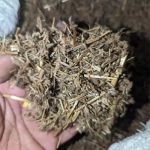





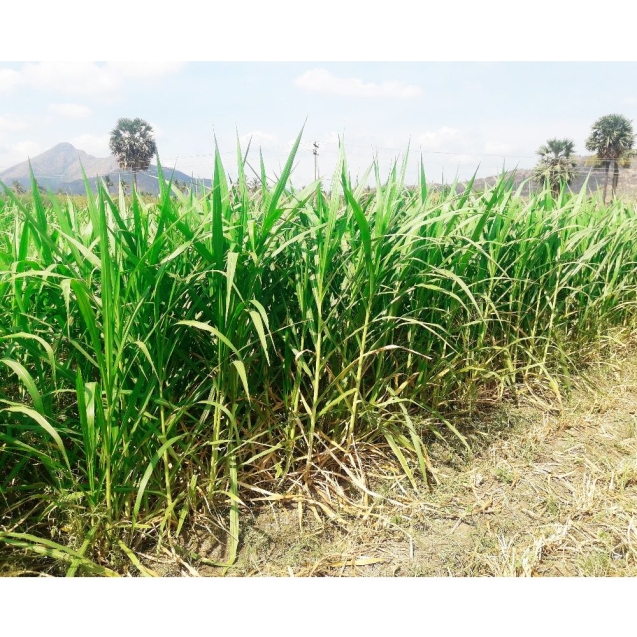
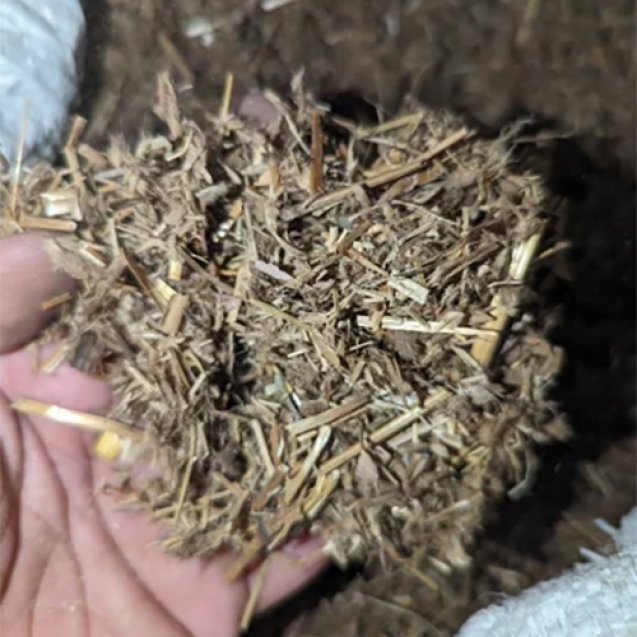
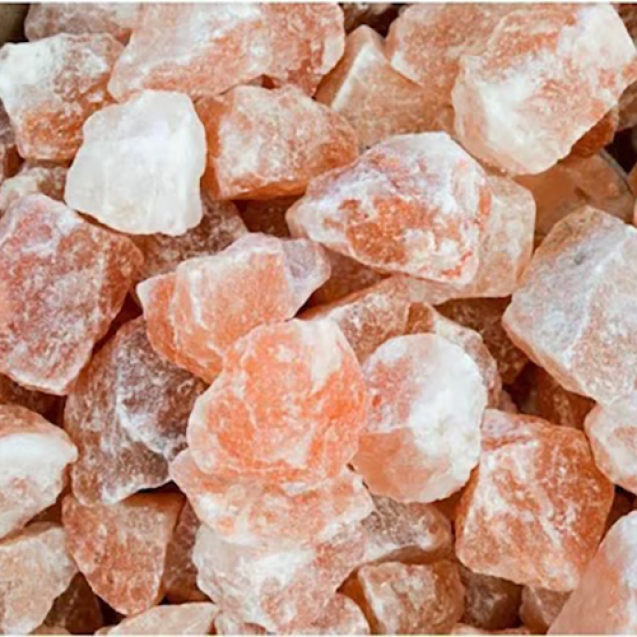
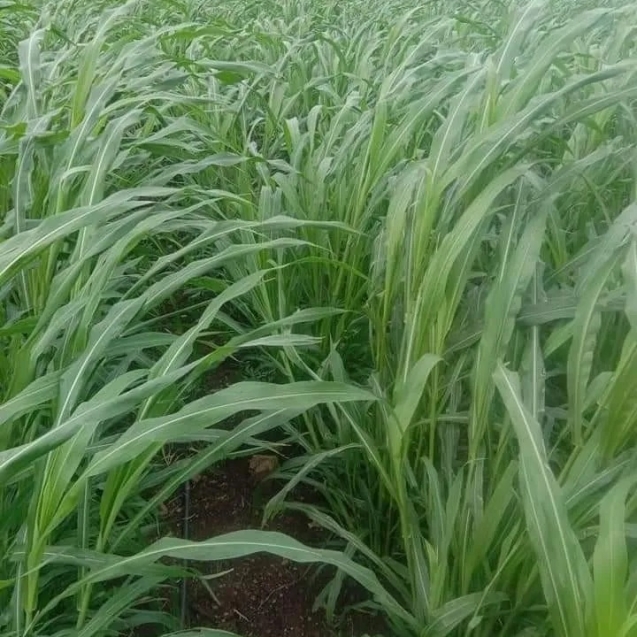
Reviews
There are no reviews yet.